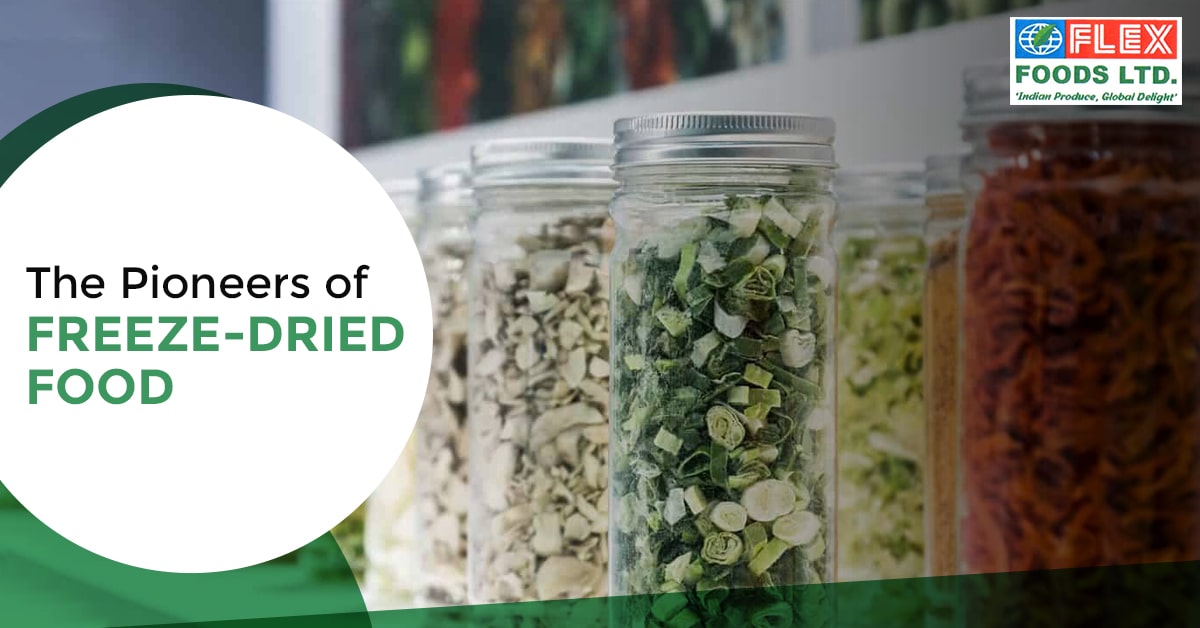Shipping frozen fruits and vegetables requires careful planning and execution to maintain the quality and freshness of the produce. Whether you are a small-scale farmer, a distributor, or an e- commerce business, adhering to proper guidelines is essential to ensure that your customers receive top-notch, frozen fruits and vegetables. In this comprehensive guide, we will delve into the key considerations and steps involved in shipping frozen vegetables in India, from packaging to transportation and storage.
Understanding the Importance of Proper Packaging:
Material Selection:
- Use high-quality packaging materials that are designed for frozen goods.
- Opt for materials with excellent insulation properties to maintain the desired temperature during transportation.
- Consider environmentally friendly options to align with sustainable practices.
Packaging Design:
- Choose packaging that is sturdy and can withstand the rigors of transportation.
- Ensure a secure seal to prevent any leakage or contamination.
- Use packaging that allows for easy stacking, optimizing storage space in transit.
Temperature Control and Monitoring:
Pre-cooling:
- Pre-cool the fruits and vegetables before packaging to remove field heat.
- Ensure the produce is at the desired temperature before placing it in the packaging.
Insulated Containers:
- Invest in high-quality insulated containers to maintain a consistent temperature.
- Consider using containers with advanced temperature control technology for long-distance shipments.
Temperature Monitoring:
Pre-cooling:
- Utilize temperature-monitoring devices to track the conditions inside the shipping container.
- Set temperature thresholds and implement an alert system for immediate response to any deviations.
Insulated Containers:
- Invest in high-quality insulated containers to maintain a consistent temperature.
- Consider using containers with advanced temperature control technology for long-distance shipments.
Proper Handling and Loading:
Loading Practices:
- Train personnel on proper handling procedures to avoid damaging the frozen produce.
- Implement a systematic loading process to minimize temperature fluctuations during loading and unloading.
Cold Chain Management:
- Ensure the entire logistics chain, from storage to transportation, is equipped to maintain a continuous cold chain.
- Collaborate with reliable carriers and logistics partners experienced in handling frozen goods.
Documentation and Compliance:
Regulatory Requirements:
- Familiarize yourself with local and international regulations governing the shipment of frozen fruits and vegetables.
- Freeze-dried vegetable manufacturers in India should ensure compliance with food safety standards and labeling requirements.
Documentation:
- Prepare comprehensive shipping documentation, including invoices, certificates of origin, and temperature records.
- Provide clear instructions for handling the produce upon arrival to maintain its quality.
Choosing the Right Transportation Mode:
Mode Selection:
- Select transportation modes that align with the distance and urgency of the shipment.
- Consider factors such as cost, speed, and the capability to maintain the required temperature.
Collaborate with Reliable Carriers:
- Establish partnerships with carriers experienced in handling frozen goods.
- Ensure carriers have the necessary equipment and facilities to maintain the cold chain.
Arrival and Unloading:
Efficient Unloading:
- Minimize the time taken to unload by implementing organized and efficient unloading procedures.
- Prioritize the transfer of frozen produce to appropriate storage facilities immediately upon arrival.
Quality Checks:
- Conduct quality checks upon unloading to identify any potential issues or deviations from the desired condition of frozen vegetables and freeze-dried herbs.
- Implement corrective actions promptly to maintain the quality of the frozen produce.
Storage Best Practices:
Temperature-controlled Warehousing:
- Choose storage facilities equipped with reliable temperature control systems.
- Monitor and record storage temperatures regularly to ensure they remain within the specified range.
Inventory Management:
- Implement an efficient inventory management system to track the movement of frozen fruits and vegetables.
- Rotate stock to ensure older produce is dispatched first, reducing the risk of spoilage.
Shipping frozen fruits and vegetables involves a combination of proper packaging, temperature control, documentation, and collaboration with reliable partners. By following these comprehensive guidelines, businesses can ensure that their frozen produce reaches customers in optimal condition, maintaining freshness and quality throughout the entire supply chain. Investing in the right infrastructure, technology, and practices is crucial for the success of businesses involved in the frozen food industry.
Contact Flex Foods to export the best produce and grow your business. Give us a call today.

